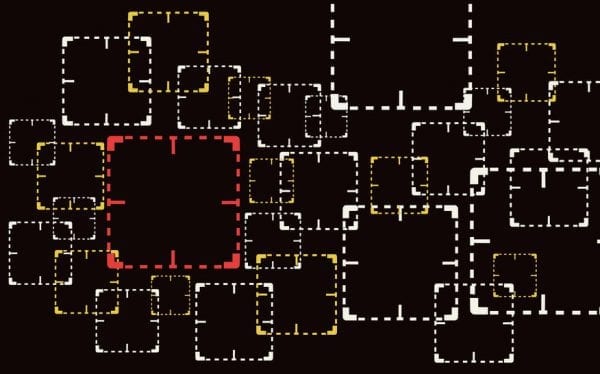The primary challenge when you are first targeting a set of prospects for your product is to resist the urge of seeing the product as broadly applicable, instead focus narrowly where you bring strong benefit to get traction.
Defining Your Benefit and Targeting a Set of Prospects
It’s not uncommon for a beginning entrepreneur to define prospects as “anyone who can use my product.” This is what Jerry Sternin calls “true but useless information.”
I see a number of startups make similar mistake in circular logic in defining their mission. Here is one example:
“Our goal is to deliver innovative disruptive solutions that meet the product development and improvement challenges faced by our customers.”
If a startup doesn’t meet their prospect’s challenges they probably won’t become or long remain your customers. It’s a necessary but not sufficient condition for success.
The deeper challenge is that the majority of startups claim to offer innovative solutions and disruptive products. This alone does not differentiate you in any meaningful way and is not a specific promise.
Consider how to embody your technology in a prototype that would allow you to make specific credible claims of differentiated or unique value.
For example we worked with a firm that had a nanotechnology fabrication capability. They used it to make very thin heat pipes. They produced a sample kit that had two six inch long one inch wide 2mm thick pieces of metal. One was solid aluminum; the other was their aluminum heat pipe, which had about half the mass.
In a customer development interview we would ask a thermal engineer or mechanical engineer to dip both into a cup of steaming hot water or coffee. The engineer would normally drop it in less than a second as it had become too hot to hold: it was as if they had dipped their hand directly in the hot water. The solid aluminum would take several seconds to heat up to an equivalent temperature. They used this as a compelling demonstration of the difference in heat transfer rates at equivalent thickness. This was a very attractive proposition not only for mobile devices where thickness is at a premium but also applications like hybrid or electric vehicles where the weight and volume of the thermal transfer network can exceed that of the battery packs they are designed to protect. Less weight and higher heat transfer means either more battery storage or lower weight or both: the net impact is longer range.
Related Blog Posts
- Your First Dozen Enterprise Customers
- Newborns vs. a Startup’s First Product
- The Robin and the Cherries: Sharing Value You Co-Create With Customers
- The Deformation Professionelle of the Software Entrepreneur
- Focus on Delighting Early Customers Over Accumulating Followers
Image Credit: Santima Suksawat “Square Focused Targets” (Licensed from 123RF Image ID 87766194)

